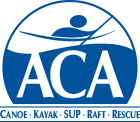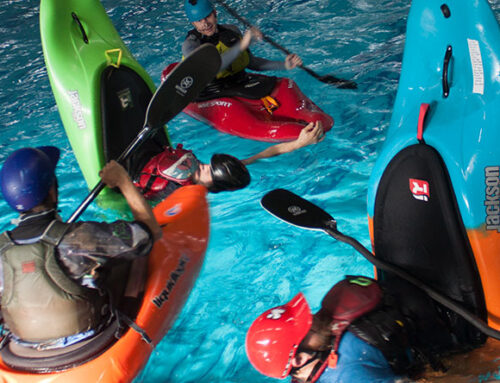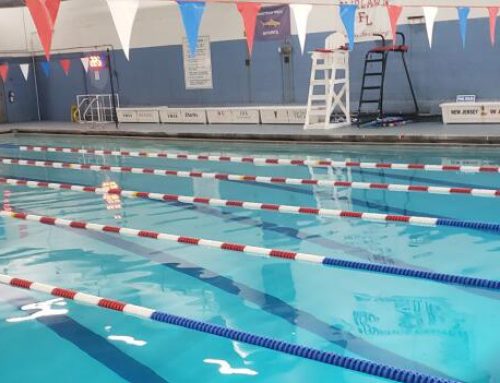I’m thinking about fighting the old pulling-the-head-up issue when teaching the roll. I think next time I’m working with someone who’s having trouble, I might try saying, “Ok, as you finish your roll, throw yourself right back in the water, head first, like a dive” in hopes that that would break through the instinctive reflex to pull their head up. Do that a few times and see if the muscle memory of moving the head in that direction kicks in.
Or…could be a complete disaster. I find that if I preface stuff like that with, “Ok, let’s try this experiment that may help or may be a disaster,” students will happily give it a few tries and easily let it go if I say, “Ok, that was useless. Forget it.”
Anyone else have thoughts on teaching this particular aspect beyond “look at your paddle?”
Adding some notes after Andy’s how to teach rolling clinic.
- Don’t use goggles. Keep the eyes closed to work on feel.
- Worry about getting the boat upright.









Sounds OK Jordan but I’m not really one to comment. While my roll usually comes up, my head is almost always looking skyward. Mostly a matter of muscle over technique. Jack usually tells his students not to do anything I do. It also a rare occurance when he will admit that he taught me to roll. He usually just says “I didn’t teach you that”. Good luck with it. I give you guys a lot of credit, I’m a lousy teacher. By the way, I loved the orca video.
Jordan:
Excellent video and a different approach to teaching rolling. I like that he focuses on the most important aspects of rolling and doesn’t get involved with details about hand and paddle positions. I find these confuse the students and they forget the basics that really make the roll work. It is also interesting that he shows the sweep and C-to-C as so similar. Also, his take on it is the opposite of the EJ approach of coming on the back deck. He emphasizes the perpendicular position of the body. Students don’t get this naturally and if they work on this, it really helps the roll.
I personally find using the kickboards (same idea as the float bag) very helpful in getting students to understand the body mechanics of the roll. Other than that, I just keep trying different words to convey the message until something clicks. Pulling up with the body is often a symptom of not being comfortable under water so going all the way back to comfort exercises can help.
You did a much better job with Andrea in the pool than I did. I could not get her past the head pulling part and you did.
Ellen
Has she successfully rolled yet? 10 am has been a bit too early for me to get there from CT the past few weeks!
Jordan –
Andrea did a few successful rolls with me.
The video is right on target. I like the idea of “sequence” – boat, body, head. When I teach rolling, I try to stress “roll the boat”. Usually, the head coming up can be fixed by concentrating on rolling the boat with the correct knee – boat first. I’ll try the sequence thing and see if my students respond. The head coming up is a result, not a cause. It’s perfectly possible to roll with the head up – IF you are pulling on the correct knee. Unfortunately, that’s hard to do (and pointless). Leaning forward or backward is counter-productive as the video shows. And also, as the video stresses, comfort underwater is key.
I’m rolling better than I was but not as good as I should be! LIke the video says, “It’s a hip snap”..I need to figure that out better. It’s pretty much what Jack says above, using the correct knee, keeping my head down and being more comfortable under the water. I’m working on it and every time I leave the pool I feel like I’ve gained a bit more on the learning curve.
I’m a “work in progress”.
I want to thank Jack, Ellen, Jordon, Ken and Connie for all their amazing patience in working with me. I really appreciate all your time and effort. By the time those pool sessions are done I hope to be rolling in the pool!
Then I’ll have to get in the river and learn all over again. ;)